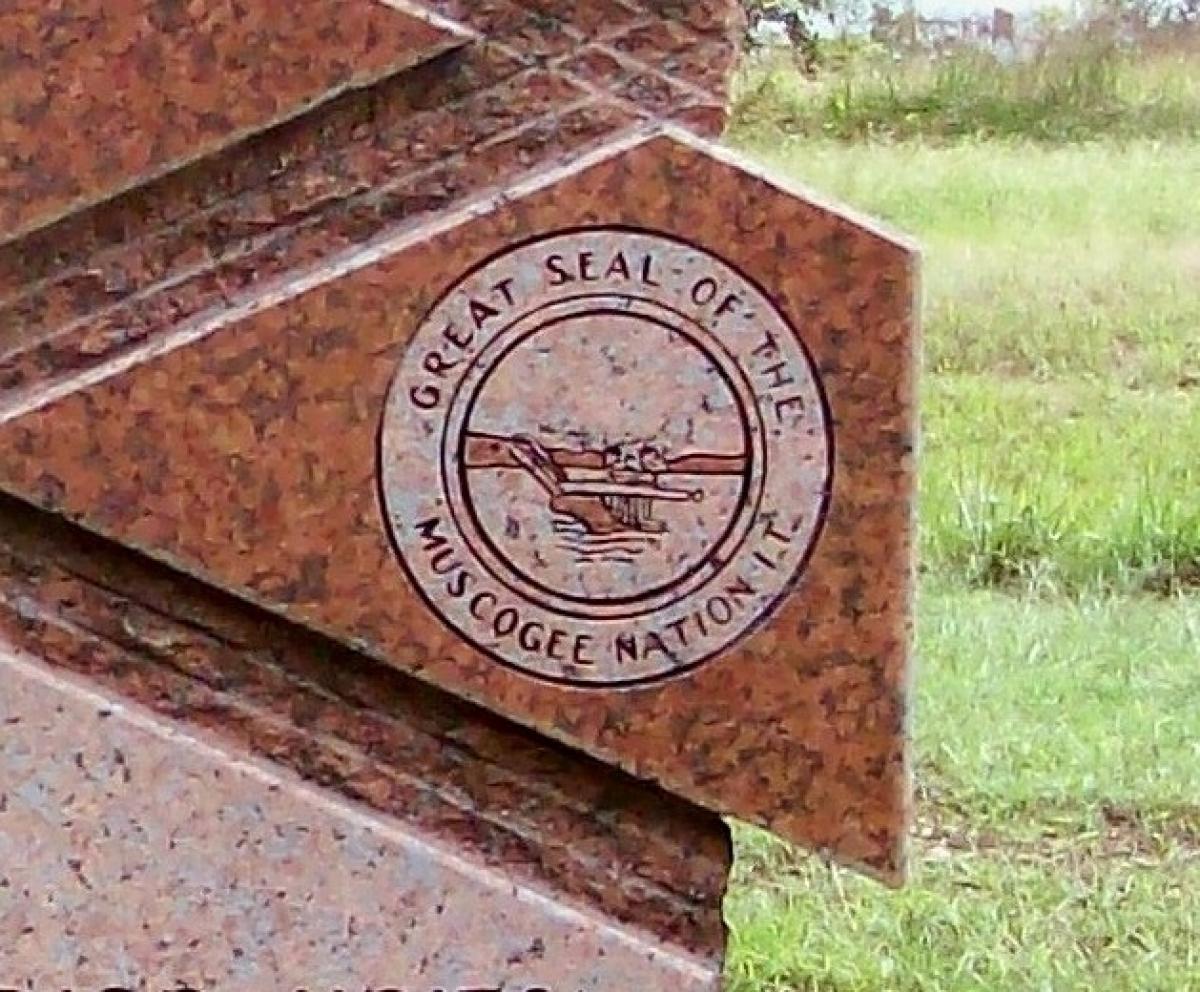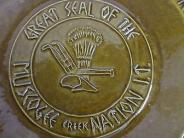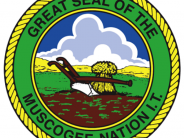- Our Community
- Community Overview City History Community Demographics Chamber of Commerce Events and Activities City Calendar City Parks On-Line Store Cemeteries Local Weather Photo Gallery
- Library School District Public Safety Emergency Management Police Fire ADA Compliance Americans with Disabilities Wall of Honor Wall of Honor
- Grove Regional Airport Grand Lake Association INTEGRIS Grove Hospital Har-Ber Village Lendonwood Garden Playmakers Theatre Cayuga Mission
- Doing Business
- Welcome Visitors
- Grand Lake Association Grove Area Chamber of Commerce Grove Regional Airport Playmakers Theatre
- Cayuga Mission Grand Lake Queen Har-Ber Village Lendonwood Garden Starbirds National Rod Custom Car Hall of Fame Grand River Dam Authority (GRDA)
- On-line Store Photo Gallery Events Where to Eat Where to Stay Where to Park in Downtown Grove Wolf Creek Park & Boating Facility
- Inside City Hall
- Contact City Hall Staff Directory Submit a Complaint or Comment City Code Comprehensive Plan Jobs - Equal Opportunity Employer Non-Discrimination Download Employment Application Submit Employment Application
- Agendas and Minutes City Council Boards and Committees Convention and Tourism Bureau Economic Development Authority Municipal Airport Authority Municipal Service Authority Planning and Zoning Board Zoning Board of Adjustments ADA Compliance Americans with Disabilities
- Departments Administration Airport Buildings and Grounds Community Development Economic Development Finance Fire Emergency Management Municipal Court Police Public Works Utility Services
- Helpful Resources
- Alerts and Notifications Email Subscriptions Events and Meetings Agendas and Minutes City Calendar In the News City News
- Contact the City Staff Directory Submit a Request or Concern Code Red Code Red Login Documents and Forms Documents and Reports Forms, Permits and Applications Maps
- Social Media City of Grove on Facebook Wolf Creek Park on Facebook Grove Animal Control on Facebook Frequently Asked Questions Frequently Used Numbers Helpful Links
Tribal, Muscogee (Creek) Nation Indian Territory

MUSCOGEE (CREEK) NATION I.T. TRIBE - The Muscogee (Creek) Nation is a federally recognized tribe of Muscogee people, also known as the Creek, based in the U.S. state of Oklahoma. Calling themselves Este Mvskokvlke (pronounced [isti məskógəlgi]), they are regarded as one of the historical Five Civilized Tribes of the American Southeast. The tribe is descended from the historic Creek Confederacy, a large, heterogeneous group of indigenous peoples of the Southeastern Woodlands.
The Muscogee (Creek) Nation is the largest of the federally recognized Muscogee tribes. The Muskogean-speaking Alabama, Hitchiti, and Natchez people, as well as Algonquian-speaking Shawnee and Yuchi (language isolate) are enrolled in the Muscogee Creek Nation. Historically the latter two groups were from different language families than the Muscogee.
Other federally recognized Muscogee groups include the Alabama-Quassarte Tribal Town, Kialegee Tribal Town, and Thlopthlocco Tribal Town of Oklahoma, the Coushatta Tribe of Louisiana, the Alabama-Coushatta Tribe of Texas, and the Poarch Band of Creeks in Alabama.
In 2013, there were 77,061 people enrolled in the Muscogee Creek Nation. Of these, 55,591 lived within the state of Oklahoma. Since 1979, membership to the tribe is based on documented lineal descent from persons listed as Creek 'Indians by Blood' on the Dawes Rolls. The tribe does not have a minimum blood quantum requirement.
The Nation includes the Creek people and descendants of their African-descended slaves who were forced by the US government to relocate from their ancestral homes in the Southeast to Indian Territory in the 1830s. They signed another treaty with the federal government in 1856. During the American Civil War, the tribe split into two factions, one allied with the Confederacy and the other, under Opothleyohola, who allied with the Union. There were conflicts between pro-Confederate and pro-Union forces in the Indian Territory during the war. The pro-Confederate forces pursued the loyalists who were leaving to take refuge in Kansas. They fought at the Battle of Round Mountain, Battle of Chusto-Talasah, and Battle of Chustenahlah, resulting in 2,000 deaths among the 9,000 loyalists who were leaving.
After defeating the Confederacy, the United States required new peace treaties with the Five Civilized Tribes. The Treaty of 1866 required the Creek to abolish slavery within their territory and to grant tribal citizenship to the Creek Freedmen who chose to stay in the territory; this citizenship included voting rights and shares of annuities and land allotments. If the Creek Freedmen moved out to United States territory, they would be granted United States citizenship, as were other emancipated slaves.
The Creek established a new government in 1866 and selected a new capital of Okmulgee. In 1867 they ratified a new constitution. They built their capitol in 1867 and enlarged it in 1878. Today the Creek National Capitol is a National Historic Landmark and houses the Creek Council House Museum. The Nation built schools, churches, and public houses during the prosperous final decades of the 19th century, when the tribe had autonomy and minimal interference from the federal government.
At the turn of the century, Congress passed the 1898 Curtis Act, which dismantled tribal governments in another attempt at assimilation; and the Dawes Allotment Act, which broke up tribal landholdings to allot communal land to individual households to encourage adoption of the European-American style of subsistence farming and property ownership. In the hasty process of registration, the Dawes Commission registered tribal members in three categories, distinguishing between "Creek by Blood," "Creek Freedmen," into which category they put anyone with visible African ancestry, regardless of their proportion of Creek ancestry; and "Intermarried Whites." They classified some members of the same families into different groups. The 1906 Five Civilized Tribes Act (April 26, 1906) was passed by the US Congress in anticipation of approving statehood for Oklahoma in 1907. During this time, the Creek had lost more than 2 million acres (8,100 km2) to non-Native settlers and the US government.
Later, when Creek communities organized and set up governments under the 1936 Oklahoma Indian Welfare Act, some former Muscogee tribal towns gained federal recognition. The Muscogee (Creek) Nation did not reorganize and regain federal recognition until 1970. In 1979 the tribe ratified a new constitution that replaced the 1866 constitution. The pivotal 1976 court case Harjo v. Kleppe helped end US federal paternalism. It ushered in an era of growing self-determination. Using the Dawes Rolls as a basis for determining membership of descendants, the Nation enrolled over 58,000 allottees and their descendants.
Click any thumbnail image to view a slideshow


